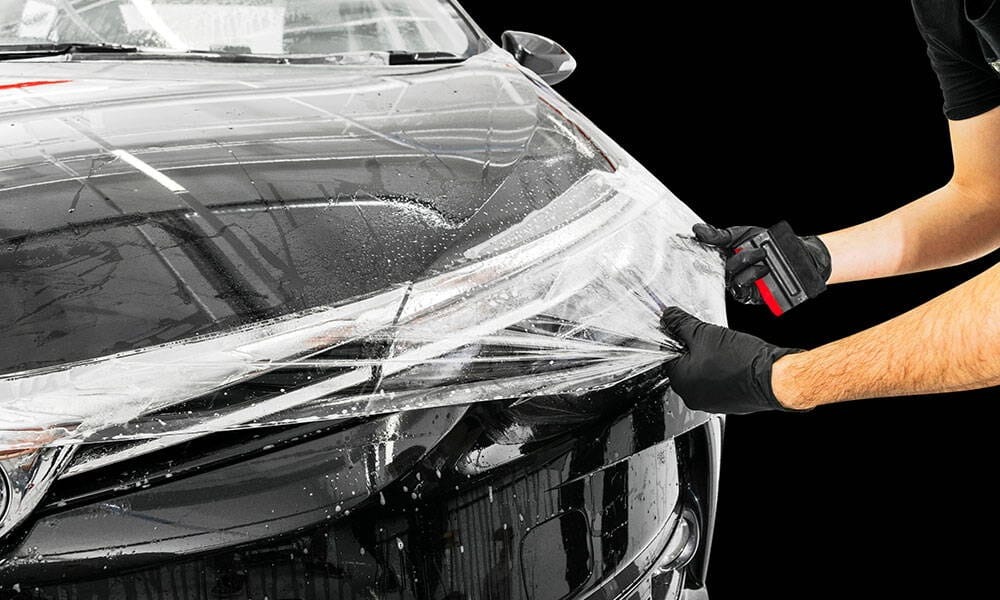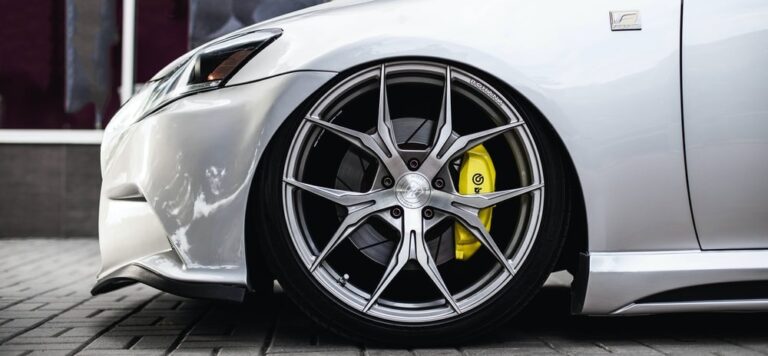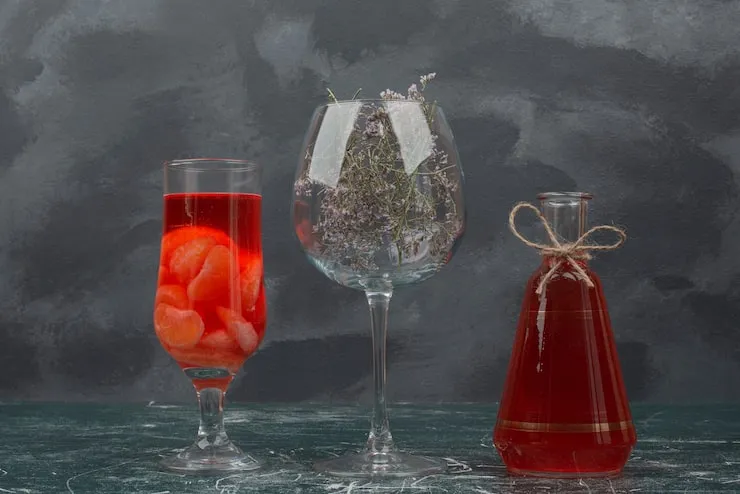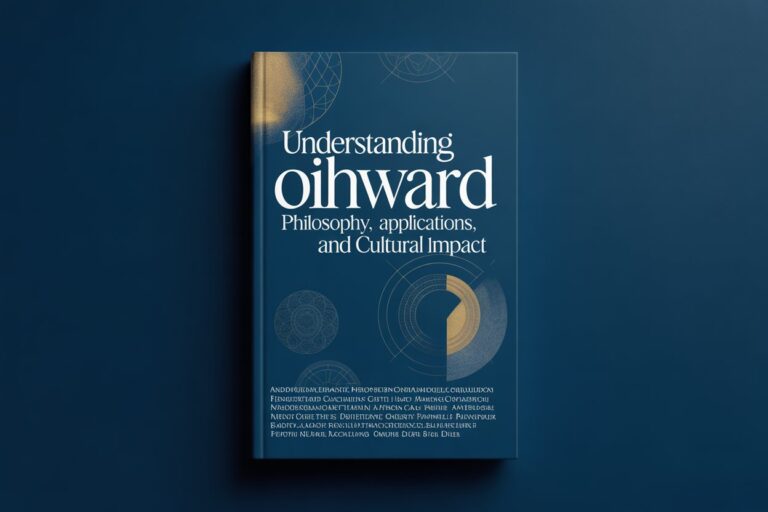Copy of Paint Protection Film A Complete Guide
In today’s automotive world, maintaining a vehicle’s appearance is more important than ever. One of the most popular ways to safeguard your car’s paint is by using paint protection film (PPF). However, many people also encounter a copy of paint protection film, which refers to imitation or aftermarket films designed to mimic the benefits of genuine PPF. Understanding what these copies are, how they differ, and whether they’re worth using is essential for any vehicle owner.
What is a Copy of Paint Protection Film?
A paint protection film is a film product that imitates the look and function of original, branded PPF. These copies are usually manufactured at lower costs and sold as an alternative to high-end films. While they aim to protect the car’s surface from scratches, rock chips, and minor abrasions, their quality and durability often differ significantly from genuine products.
Materials Used in Copies of PPF
Most copies of paint protection film are made from polyurethane or thermoplastic urethane, similar to genuine PPF. However, the grade of the material is often lower. This can lead to issues such as:
- Reduced clarity and gloss
- Shorter lifespan
- Less effective scratch resistance
- Limited self-healing properties
Despite these differences, copies can still provide basic protection for vehicles, making them a budget-friendly option for car owners who want to preserve their paint without spending a fortune
Benefits of a Paint Protection Film
Even though copies of PPF are not identical to high-end films, they do offer several advantages:
Protection from Minor Scratches and Chips
A copy of paint protection film can still shield your car from small stones, road debris, and minor scratches. This is especially useful for areas like the front bumper, hood, and side mirrors.
UV Protection
Some copies include UV inhibitors, which help prevent paint from fading due to prolonged sun exposure. While not as effective as premium PPF, this can still extend the visual life of your car’s paint.
Cost-Effective Option
For car owners on a budget, a paint protection film provides a more affordable way to protect the vehicle. While the durability may not match branded PPF, it can still reduce minor damage over time.
Limitations of a Copy of Paint Protection Film
Before investing in a copy, it’s important to understand its limitations:
H3: Reduced Longevity
High-quality PPF can last 5–10 years, depending on care. Copies typically last 2–4 years, requiring replacement sooner.
Limited Self-Healing Properties
Many premium PPFs have self-healing technology, where minor scratches disappear when exposed to heat. Copies often lack this feature or only partially mimic it, meaning scratches may remain visible.
Risk of Yellowing or Peeling
Some copies may yellow over time, especially when exposed to sunlight or harsh chemicals. Poor adhesion can also cause peeling at edges if not applied correctly.
How a Copy of Paint Protection Film is Applied
The application process for a copy of PPF is similar to that of genuine films. Following proper installation steps ensures the best performance.
Surface Preparation
- Thoroughly clean and decontaminate the car’s paint.
- Remove any wax, oils, or dirt that may interfere with adhesion.
Film Placement
- Measure and cut the film according to the vehicle’s contours.
- Use a solution of soap and water to position the film without bubbles.
Smoothing and Heat Treatment
- Smooth the film with a squeegee to remove air pockets.
- Apply heat to conform the film to curves and edges.
Final Inspection
- Check for wrinkles, bubbles, or uneven edges.
- Trim any excess film for a clean finish.
Choosing Between Original PPF and a Copy
Deciding between a genuine PPF and a copy of paint protection film depends on your priorities:
Factors to Consider
| Factor | Original PPF | Copy of PPF |
|---|---|---|
| Cost | High | Lower |
| Durability | 5–10 years | 2–4 years |
| Scratch Resistance | Excellent | Moderate |
| Self-Healing | Yes | Limited/None |
| UV Protection | High | Moderate |
| Appearance | Crystal clear | May yellow over time |
Recommendations
- If your car is high-end or you want long-lasting protection, invest in original PPF.
- If you are on a budget or protecting an older vehicle, a copy of PPF may still provide acceptable protection.
Maintenance Tips for Copies of Paint Protection Film
Even copies of PPF require proper care to maximize lifespan:
- Wash the car regularly using mild soap and water.
- Avoid abrasive brushes or harsh chemicals that can damage the film.
- Inspect edges and corners for lifting or peeling.
- Consider professional touch-ups for any damaged areas.
Common Myths About Copy of Paint Protection Film
Myth 1: “Copies Offer No Protection”
While lower-quality, copies still absorb minor scratches and rock chips, providing a basic level of defense for your paint.
Myth 2: “Copies Look Ugly”
High-quality copies can be nearly invisible, especially when applied professionally.
Myth 3: “Only Luxury Cars Need PPF”
Any car, regardless of value, can benefit from a protective film to prevent everyday wear and tear.
Conclusion
A copy of paint protection film can be a practical, budget-friendly solution for car owners who want to protect their vehicle’s paint without investing in premium PPF. While it may not offer the same durability, self-healing properties, or long-term clarity as genuine products, it still provides basic protection against scratches, UV rays, and minor abrasions.
By understanding the benefits, limitations, and proper application methods, vehicle owners can make an informed choice and enjoy the advantages of paint protection, even on a budget.






